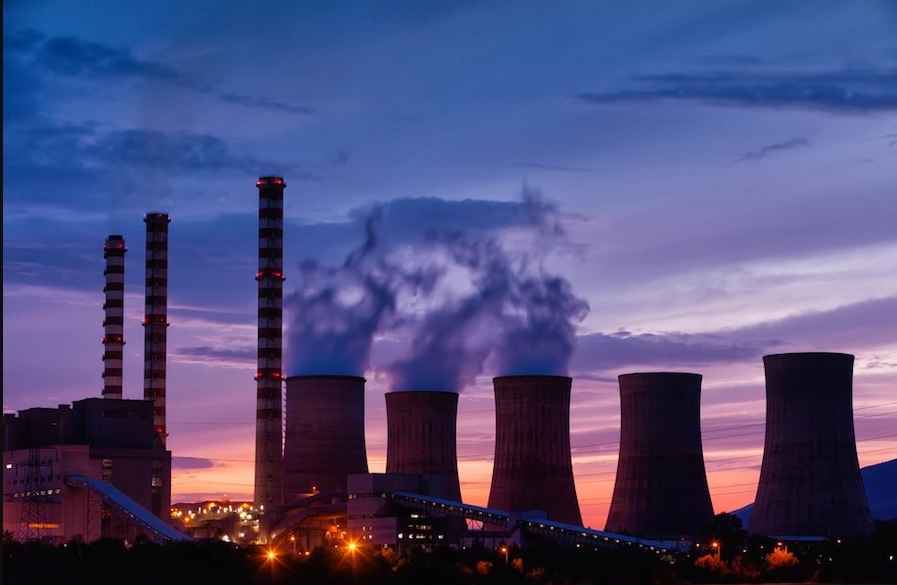India’s installed power generation capacity is set to grow to 817 GW by end of FY30, Minister of State (independent charge) for power, R.K. Singh, recently stated in a written reply in Parliament.
The minister said that India attained “power surplus” status in 2013, and the current installed capacity of 379 GW was sufficient to serve the peak electricity demand of 190 GW.
“The government has also made plans to have sufficient generation capacity to meet future demand of electricity,” the reply stated.
The written reply also projected India’s installed generation capacity by end of FY27 and FY30, which is tabulated below:
Here are some highlights:
- The share of renewable energy (including solar, wind, etc) in total installed generation capacity is set to more than double from the current 24.5 per cent to 53.2 per cent by March 2030 (end of FY30).
- In absolute terms, renewable energy capacity is poised to grow manifold from the current 93 GW to 275 GW by March 2027 (end of FY27) and further to 435 GW by March 2030 (end of FY30).
- “The government’s focus is to increase the share of renewable energy which is available in plenty within the country to meet the requirement of the country and also export to our neighbouring countries,” the minister’s statement said.
- Meanwhile, India’s installed solar power generation capacity touched 40 GW by end of February 2021, according to a report by Mercom. This included around 35 GW of utility-scale grid-connected plants and 5 GW of rooftop solar installations. Incidentally, the government has set a target of achieving 100 GW of installed capacity by 2022—a proposition that seems unlikely, going by current trends.
- Coal-fired power capacity is projected to grow only marginally from the current 208 GW to around 267 GW by end-FY30. The share of coal-based power capacity is poised to decline from a preponderant 54.9 per cent currently, to less than one-third by end-FY30.
- There is not much addition likely in gas-fired power generation capacity. It will continue to remain at around 25 GW, even by FY30.
- Though hydropower capacity is projected to grow from the current 46 GW to 63 GW by FY27 and further to 71 GW by FY30, its share in total capacity will actually decline from the current 12.2 per cent to 8.7 per cent by FY30. This is because renewables-based capacity is estimated to grow at a much faster pace.
- India’s nuclear power generation capacity is projected to grow by around 180 per cent from 6.78 GW now to nearly 19 GW by March 2030. Correspondingly, the share of nuclear plants in India’s total installed capacity will grow from 1.8 per cent to 2.3 per cent.
- India’s total power generation capacity is expected to grow from the current 379 GW to 619 GW by March 2027 and further to 817 GW by March 2030.
(Featured photograph showing a coal-fired power plant is for illustration only)

